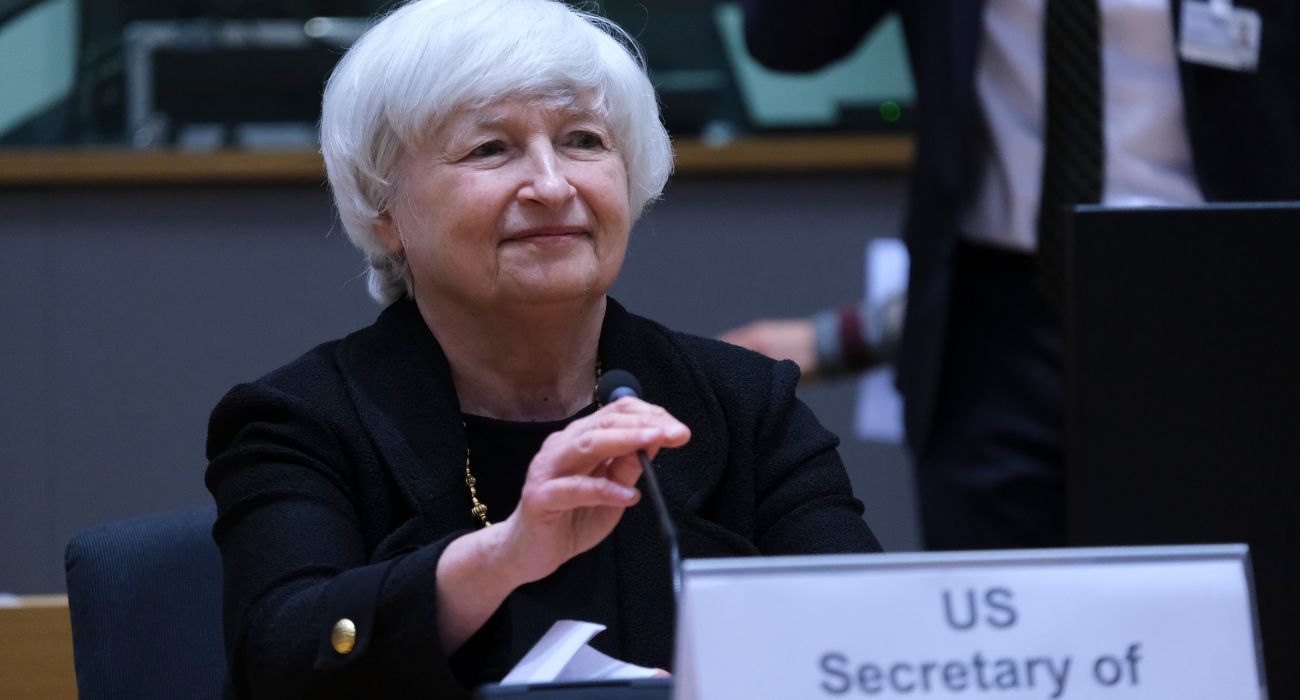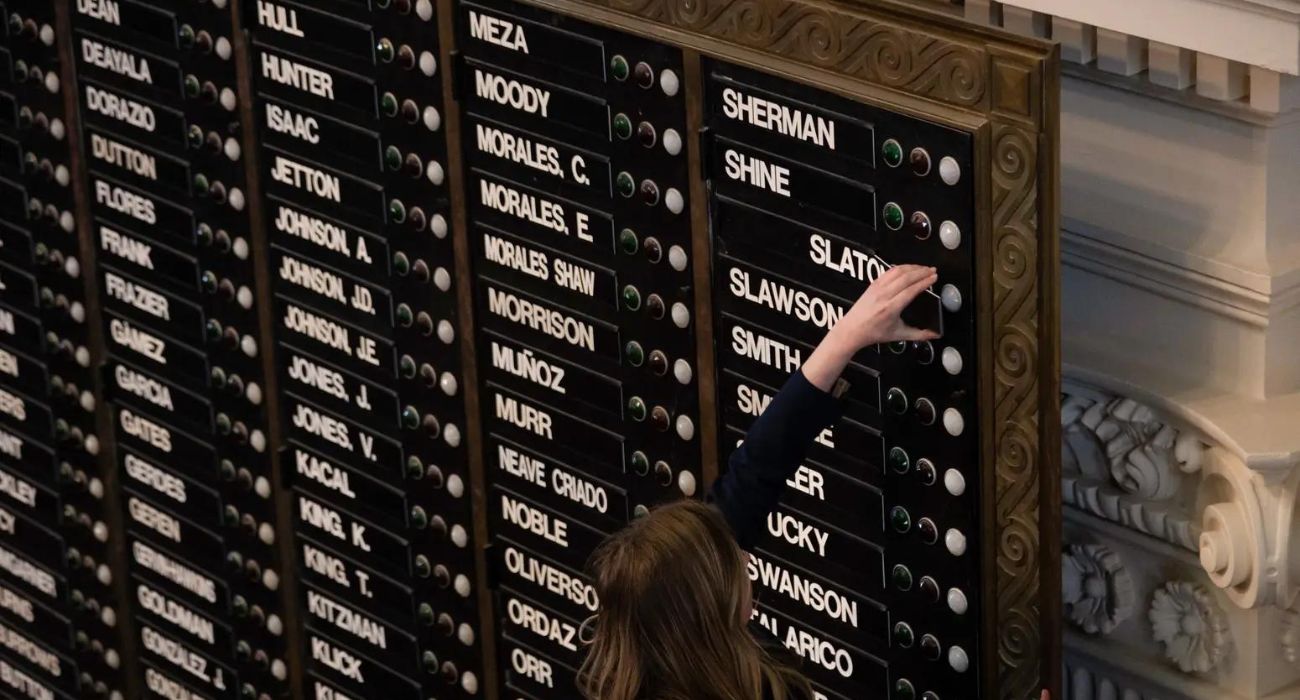As the November elections approach, the distribution of presidential votes reveals a significant disparity in representation within Dallas county.
In the last three presidential elections, Republicans received a larger percentage of votes for Dallas County than the break down of elected officials. In 2012, Mitt Romney had 41.7% of the vote; in 2016, Donald Trump had 34.9%; and in 2020, Trump had 33%.
However, on the local level, Democrats overwhelmingly claim the majority of Dallas County’s seats in office.
Of the 86 elected officials, 79 (92%) are Democrats, and seven (8%) are Republicans.
Democrats believe their party has earned its place in Dallas offices.
“Democrats are delivering for Dallas County — from checks in pockets thanks to the American Rescue plan, to federal investment in North Texas to reduce congestion, create jobs, and grow the economy, to fighting COVID and investing in small businesses at the county level,” said Dallas County Democratic Party Chairwoman Kristy Noble. “We’ve shown with our outreach, in these few short months since my election, that we won’t take a single vote for granted.”
Even though Dallas County’s representatives are primarily Democrats, Republicans will work to increase their representation in the county with the forthcoming election even though the new maps do not have substantial changes.
“If the Republican Party is going to begin gaining back ground in Dallas County, we must be relevant,” said former Dallas County Republican Party Chairman Rodney Anderson. “You’re not relevant if you’re not running in races.”
On May 10, the Redistricting Commission voted on a revised version of Map 41 that redraws Dallas’ districts. It passed with a 9-6 vote.
The commission members who voted against the map were Diane Ragsdale, Gregory Demus, Kebran Ware Alexander, Domingo Alberto Garcia, Randall Bryant, and Matthew R. Garcia.
Part of their opposition stemmed from a desire to see the redistricting process afford “better opportunity for black and Hispanic people” who are representative of their communities to run for council seats.
“One of the reasons that this is a status quo map, once again, is because there is an unwillingness to share power,” said commission member Ragsdale. “This is about power sharing.”
“We have got to do more than the status quo,” added Alexander. “We have to do more than where we are. And if we’re going to settle on a map that essentially changes nothing, we’re doing the citizens a disservice.”
The new map, 41B, was presented to the Dallas City Council. Members of the council will have 45 days to make any adjustments, after which 41B will become the council district map for the following 10 years.
The council will most likely be briefed on the map in early June.
Changes are more likely to occur for those who live on the border of their current council district, as these residents could wind up being part of a different district. Individuals who reside in the middle of their present district will not experience a representation shift.
By the next city council election in May 2023, the revised map of Dallas’ 14 council districts will be in place.
This story was pitched to The Dallas Express by one of our readers. Do you have a story you think should be covered or a tip on breaking news? Submit your idea here.







“Checks in pockets?” Not mine, since 2020.
Careful, Dallas Express. Don’t fall into the rut of favoring one side/group other another.